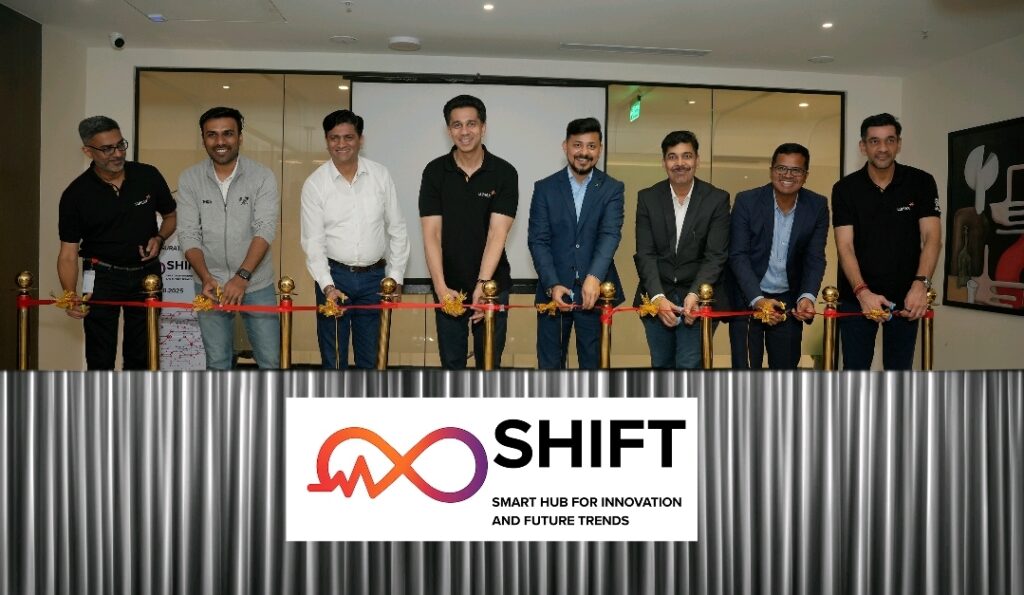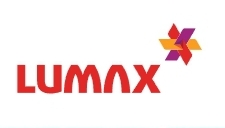SHIFT Innovation Hub: Navigating the Shifting Landscape of Automotive Experience
Imagine stepping into a new car where everything feels designed just for you. Your seat adjusts automatically, climate control tunes itself to your preference, and the dashboard lights up with information you need, precisely when you need it. This is not a distant dream. It’s rapidly becoming reality, as automotive giants and their suppliers accelerate the development of software-defined vehicles and digitally integrated user experiences. Let’s learn about SHIFT Innovation Hub.
Yet, for OEMs and suppliers, the challenge is immense. Today’s consumers expect more than just reliability and performance. They want comfort, seamless connectivity, and adaptable features. Employee experience (EX) also faces a dramatic shift: engineers, designers, and service teams must embrace digital upskilling, agile collaboration, and a customer-obsessed mindset. The evolution now demands an ecosystem where technology and human-centricity collide—a space where every stakeholder can innovate, learn, and solve real-world problems.
On October 30, 2025, Lumax Auto Technologies (LATL), a leading Tier-1 supplier in India, made a bold move by unveiling their “Smart Hub for Innovation and Future Trends” (SHIFT) in Bengaluru. Let’s dig deeper into how this new centre is set to impact customer and employee experience across the Indian automotive sector.
India’s Automotive Industry: CX Demands and Innovation Gaps
India’s vehicle market is undergoing a transformation. Electrification, digitization, and autonomy are redefining what it means to manufacture, sell, and own a vehicle. According to recent industry reports, nearly 40% of Indian consumers now prioritize digital features, in-cabin experience, and connectivity over traditional parameters like engine performance.
Despite this, gaps persist:
- Many vehicles still lack intuitive human-machine interfaces.
- After-sales service continues to be inconsistent.
- OEMs and suppliers wrestle with fragmented IT systems and legacy processes, hampering swift CX improvements.
This scenario gives rise to a crucial question for suppliers: How do you embed intelligence, agility, and empathy into products and services? Transformation starts from the inside.
SHIFT: A New Nexus for Intelligent Mobility
Lumax’s new Bengaluru hub is aptly named “SHIFT”—symbolizing movement towards future trends and transformation. The centre stands out for several reasons:
- Focus on Software-Defined Vehicles (SDVs): SHIFT is engineered to elevate electronics, embedded systems, and ADAS capabilities, aligning perfectly with the surge in SDVs globally.
- In-Cabin Experience: Advanced labs will design and test smart, responsive cabin features—from ambient lighting to gesture-based controls and personalized connectivity.
- Collaboration and Talent Development: The hub is envisioned to accelerate cross-functional teamwork and upskilling for Lumax’s engineering and product teams, embedding a culture of innovation and continuous learning.
Anmol Jain, MD of Lumax, emphasized that SHIFT represents their Tier 0.5 vision—a step up in technological leadership, converging mechatronics, electronics, and digital systems.
CX and EX: Impact in Real Time
Enhancing Customer Journeys
SHIFT’s advanced testing facilities enable Lumax to work directly with OEMs, co-designing every element of the occupant’s journey. Features such as HIL (hardware-in-the-loop) testing and rapid prototyping help ensure that every vehicle component—from gear shifters to infotainment modules—is optimized before commercial rollout.
- Personalization: With embedded electronics and connectivity, cars can now be configured to remember driver profiles, entertainment preferences, and seat settings.
- Transparency and Trust: Testing and validation at SHIFT mean that new features undergo rigorous real-world simulations. It fosters customer confidence in product quality.
Empowering Employee Innovation
Digital transformation isn’t just about products—it’s about how teams work. SHIFT’s ecosystem brings together engineers, software developers, and designers under one roof. All equipped with the latest tools to innovate at speed.
- Agile Methods: Employees training happens in rapid prototyping and iterative development.
- Skill Enhancement: The centre offers educational resources and hands-on labs for reskilling staff. This ensures Lumax remains competitive in a talent-hungry market.
As Satish Sunderesan, CTO, notes, SHIFT is about converging “talent, technology, and transformation”—a mantra for modern EX.
Case Study: The Power of Collaborative Innovation
Consider Lumax’s recent collaboration with Tata Motors. Facing demand for next-generation interior solutions, Tata needed modular gear shifters and smart ambient lighting—all tailored to Indian consumer tastes. Through SHIFT, Lumax’s team partnered closely with Tata’s engineers:
- Co-Design Sprints: Both teams worked together in situ, reducing the prototyping cycle by 30%.
- Feedback Loops: Engineers monitored simulated real-life scenarios, collecting data and tweaks from test drivers.
- Outcome: New components were rolled out in Tata’s flagship models, resulting in a 15% boost in customer satisfaction ratings.
This approach highlights how integrated hubs like SHIFT can bring suppliers and OEMs closer, fostering environments where CX innovation happens organically.
Industry Data: Digital Drives Automotive Loyalty
Recent KPMG data shows that 54% of prospective car buyers in India cite digital and connected features among their top three purchase criteria. Furthermore, McKinsey estimates that by 2030, software and electronics will account for 50% of automotive sector revenues. For suppliers such as Lumax, investing in digital R&D is not just a strategic move—it’s existential.
SHIFT’s labs are a direct response, designed to:
- Prototype features more quickly.
- Validate hardware and software in tandem.
- Reduce go-to-market time.
This iterative loop enhances both customer and employee experience, bridging traditional silos that have long separated hardware and software teams.
Thought Leadership: Insights from Industry Experts
Deepak Jain, Promoter Director, highlights that the SHIFT Technology Centre is a “nucleus for research and product development in in-cabin experiences, ADAS, and connectivity.” This echoes a broader industry consensus: user-centric design and end-to-end digital integration must become central to automotive value creation.
CX experts note that automotive suppliers must focus on five pillars to succeed:
- Proactive Personalization: Use AI and data to anticipate user needs.
- Omni-channel Support: Connect vehicle systems with mobile apps, service centers, and digital assistants.
- Continuous Feedback: Collect real-world data to refine products post-launch.
- Seamless Collaboration: Break down silos between engineering, design, and support teams.
- Learning Ecosystems: Create spaces (like SHIFT) for upskilling and experimentation.
SHIFT embodies several of these principles, positioning Lumax as a forward-thinking partner in the automotive supply chain.

Overcoming Challenges: The Road Ahead
While SHIFT offers enormous promise, its success depends on overcoming key challenges:
- Integration Complexity: Combining electronics, software, and mechatronics requires careful architecture and oversight.
- Cybersecurity Risks: Connected vehicles and embedded systems are potential targets for breaches.
- Change Management: Employees must adapt to new tools, processes, and collaborative models.
Lumax’s holistic and proactive approach—investing in talent, infrastructure, and customer partnerships—provides a blueprint for others in the sector.
Practical Takeaways for CX/EX Professionals
As the automotive landscape evolves, CX and EX professionals should consider the following action items:
- Collaborate Across Boundaries: Work with engineering, IT, and product teams to embed customer-centricity at every stage.
- Embrace Rapid Prototyping: Use real-world feedback to continuously refine products and experiences.
- Invest in Talent Development: Prioritize digital upskilling and agile training for teams.
- Prioritize Data and Security: Ensure customer data has ample protection and systems are robust.
- Foster Open Innovation: Support partnerships with tech hubs, startups, and universities to stay ahead of industry trends.
Lumax’s SHIFT Innovation Hub provides an inspiring case study—demonstrating the power of strategic investment in technology, talent, and customer-focused innovation.
In this new era, the winners will be those who place human experience—both customer and employee—at the heart of transformation. The journey begins now.


